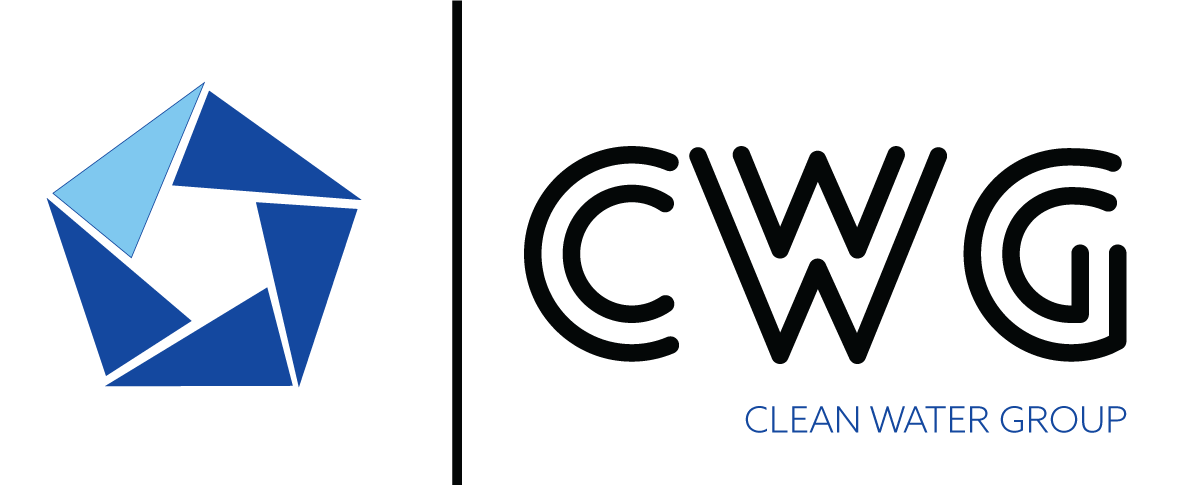ARSENIC
Arsenic is a chemical element that occurs naturally in the Earth’s crust and can be found in soil, water and air. There are several ways in which arsenic can get into the water and pose a threat to human health:
- Natural sources:
Arsenic can be released from rocks and soils by natural processes of erosion and dissolution. This natural arsenic can end up in surface and groundwater.
- Anthropogenic sources:
Human activities, such as mining, industry and agriculture, can contribute to the presence of arsenic in water sources. Industrial waste and the use of arsenic-containing pesticides can lead to contamination of water resources.
- Arsenic in plumbing systems:
In some cases, the presence of arsenic in the water may be due to corrosion of water pipes and equipment containing arsenic.
The concentration of arsenic in water varies depending on geographical area and local conditions. In most cases, the presence of low concentrations of arsenic in water does not pose a significant risk to health.
However, long-term exposure to high concentrations of arsenic can have serious consequences for human health:
- Chronic arsenic poisoning: Long-term exposure to low arsenic concentrations can cause chronic arsenic poisoning. Symptoms include skin lesions, changes in the nails, stomach pain, a feeling of fatigue and weight loss.
- Cancer: Consuming arsenic-contaminated water can increase the risk of developing various types of cancer, including lung, skin, bladder and kidney cancers.
- Cardiovascular problems: High concentrations of arsenic in water may be associated with an increased risk of heart disease, hypertension and other cardiovascular problems.
- Neurological problems: Arsenic exposure can also affect the nervous system and cause neurological symptoms such as headaches, dizziness and sensory disorders.
Due to the serious health risks that arsenic poses, it is important to regularly test the water for the presence of this toxic element.
Technologies for removing arsenic from water include adsorption on activated carbon, reverse osmosis, and ion exchange. Proper water treatment can be key to ensuring a safe and healthy water source for consumption.
Arsenic can be removed from the water using various technologies to purify water. Here are some of the most common technologies used to remove arsenic from water:
- Adsorption on activated carbon: Activated carbon has the ability to adsorption arsenic from water. Water passes through a layer of activated carbon where arsenic binds to the surface of the coal. This technique is effective for eliminating low concentrations of arsenic.
- Ion exchange: Ion exchange is the process by which arsenic from water is replaced by other ions, usually sulfate or chloride. This technique is often applied to remove arsenic from drinking water.
- Oxidation and filtration: Oxidation substances such as potassium permanganate or oxygen can be added to water to convert arsenic from dissolved to solid form. After oxidation, water is filtered to remove solid arsenic particles.
- Reverse osmosis: Reverse osmosis is a technology that uses a membrane to filter particles and substances from water. It removes arsenic and other contaminants present in the water.
- Iron oxide media: Adding ferrum (iron oxide) to water can cause arsenic to bind to ferum and create particles that are easy to precipitate and can be filtered.
- Chemical treatments: Various chemical treatments can be used to remove arsenic from water, including the addition of calcium hydroxide or aluminum sulfate to form solid arsenic compounds that are deposited and can be removed.
It is worth noting that the choice of the appropriate technology depends on the concentration of arsenic in the water, local conditions and budget.
In some cases, it may be necessary to combine different technologies to achieve an optimal result. Regular water testing and collaboration with water experts will help ensure safe and clean water for consumption.
